Atlanta: A Case Study
New network adequacy regulations in the ACA will improve patient access to healthcare by forcing plans to broaden their networks, but will also likely increase premiums for consumers.
Finalized in April by CMS for Plan Year 2023 (PY 2023), new regulations significantly raise the bar on what is sufficient network access. To continue selling on the Federal Marketplace, insurers will have to broaden their networks and contract additional providers. To understand the regulatory impact, we took a closer look at Atlanta, where each of the largest health systems maintain local market control as shown below. In the new environment, major Atlanta health systems will become irreplaceable from being in-network, causing premiums to increase as insurers reconfigure their low cost, narrow network plans.

In PY 2022, 315,000 consumers bought insurance on the individual exchange in Atlanta, choosing from 9 insurers.¹ The majority of offerings were narrow network plans in which insurers, to get lower unit costs and offer more affordable plans, limited the available in-network providers. In the ACA, narrow network plans are the most common plan option and are estimated to be 16% cheaper than broad network offerings. However, in geographies across the country, current narrow network designs will no longer be in compliance with the 2023 network regulations.
Given this distribution of care, there are only two paths to a compliant hospital network. As displayed in the table below, to comply with the latest regs, an insurer must contract 3 of the 4 major health systems, including Emory & Wellstar and one of Piedmont & Northside. ³

Looking at the in-network health systems and plan premiums of the 9 Atlanta insurers, it’s clear that the new standards are a big change.
J2 analysis identified that 7 of 9 insurers, and the 4 lowest cost plans are out of compliance with PY 2023 hospital adequacy standards. ⁴ To stay in the market, these issuers will need to contract additional health systems, broadening their networks and renegotiating any existing exclusive provider contracts. This will drive up their unit costs that were discounted because of narrow network designs. Comparing the premiums of adequate vs inadequate networks in the market, we would not be surprised to see 10%+ increase in premium.

Given the magnitude of the impact, without a change in regulation, J2 expects to see insurers exit markets across the country, particularly insurers who previously competed on a lower cost, narrow network strategy. Large health systems and provider groups should also gain material leverage in contract negotiations as they become virtually irreplaceable from insurers’ networks.
To understand whether you or your competitors’ plans are meeting the latest ACA adequacy requirements, and to find the best path to compliance, Contact J2.
1. 2022 Marketplace Open Enrollment Public Use Files; Fulton, Dekalb, Gwinnett, Cobb Counties
2. 2020 CMS Hospital Service Area
3. J2 Health; PY2023 QHP Network Adequacy Standards
4. Healthcare.Gov; Insurer Online Directories
—–
J2 Health is a cloud-based software solution that enables health organizations to build their best provider networks with focus and speed. Centralizing key access, performance, & marketability insights into one solution, J2 allows organizations to accomplish in seconds what previously took weeks. Contact us to learn more today!





